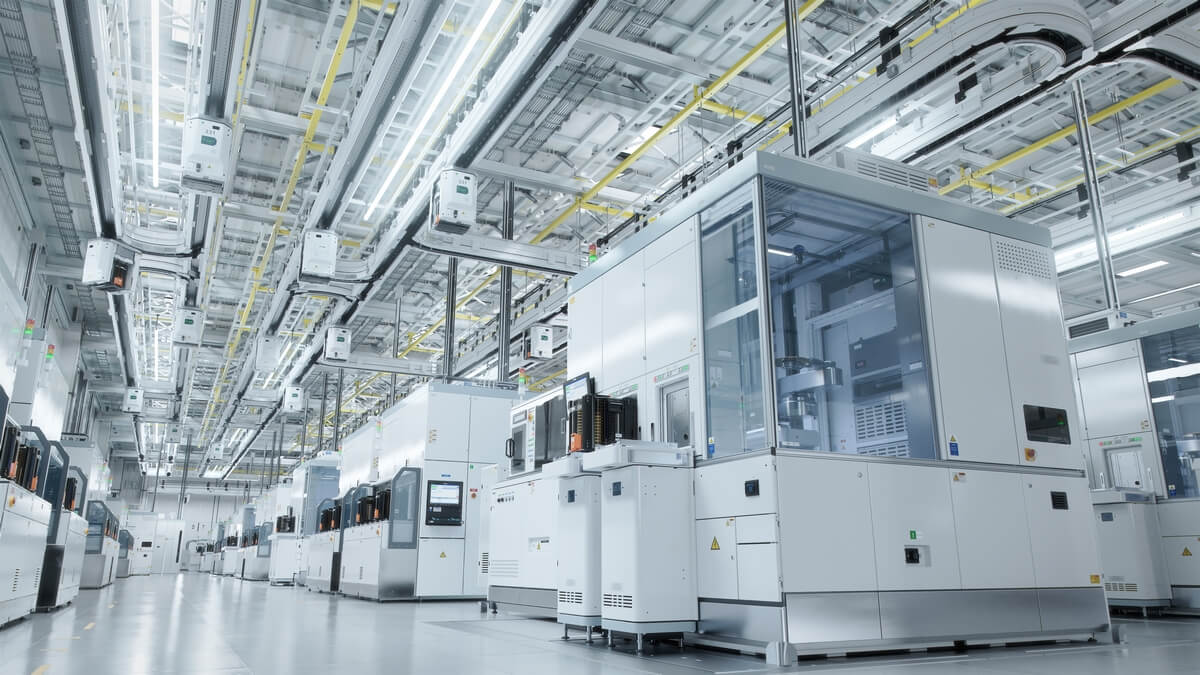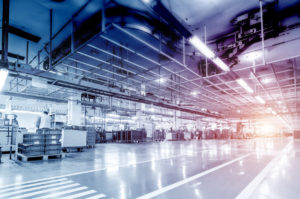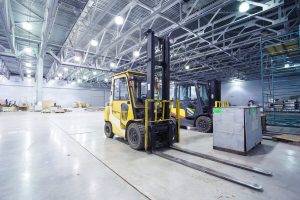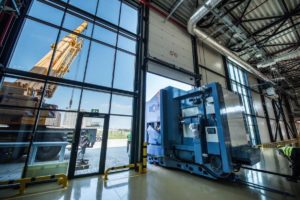Relocation – at first glance, a seemingly uncomplicated process that can be undertaken by a company even without experience and specialized knowledge. In reality, it is a complex and multi-stage process with hidden opportunities and risks not immediately visible.

For many customers, the relocation process begins and ends with the physical movement of machines and equipment. In reality, this task is only a part of the comprehensive relocation process offered by professional companies in this field. Of course, it is possible to transfer individual machines or equipment on your own (e.g., when moving within a production facility), but for comprehensive transfers of production lines or entire plants, due to the number of potential risks, it is recommended to assign such a task to professionals. Only this approach guarantees the minimization of risks that may occur during the process and maximizes the opportunities that relocation can bring to our enterprise. One of the most frequently marginalized stages of the relocation process is the preparation stage, which is often carried out independently. Depending on the scope and scale of the planned activities, an individual approach to this stage is necessary, in which the involvement of professional relocation companies will not only reveal the complexity of the actions but also provide a realistic financial estimate of the expenses we will have to incur. The preparation will differ depending on whether we are moving a few machines within a single production plant, transferring an individual line or technological process, or relocating an entire plant to a new location. During the preparatory work, regardless of their later scale, we must ask ourselves the following questions:
- What is the maximum period of production downtime our enterprise can afford?
- What is the importance of the relocated equipment in our production process?
- Was the possibility of relocation considered during the design of the machines?
- Is the target location equipped with all the necessary utilities and connections?
- What additional actions should we perform during the transfer?
- What risks may arise during the recommissioning of the machines?
- Are we able to estimate all the costs associated with the transfer?
- Are we carrying out the process independently or using an external company?
Based on long-term experiences, we have identified the most common risks that should be considered during transfer planning:
- Design limitations: For complex machines, the possibility of relocation is often excluded at the design stage. In such cases, we must not only plan the transfer route (size limitations) but also how the machine will be moved (lack of mounting points). Ignoring this risk can lead to damage or even destruction of the equipment.
- Legal requirements: EU directives related to meeting minimum or essential requirements impose additional obligations on entrepreneurs to adapt machines to specific safety standards (for older equipment – almost always / for newer equipment – when making changes). Ignoring this risk can result not only in financial losses but also criminal liability.
- Placement site: Special attention should be given to examining whether the new location of the machine meets the requirements related to the load-bearing capacity of the ground and potential foundation recesses. Placing machines on inappropriate ground risks damage, and unforeseen construction work significantly extends the process.
- Infrastructure and utilities: Ignoring changes in utility connections (electricity, compressed air, technological liquids), specific material delivery methods, or waste removal (e.g., corridors in foundations) can cause significant functional limitations and reduced process efficiency.
- Underestimation of costs: Ignoring the costs of new utility installations, technological modifications, additional infrastructure investments, and adaptation costs during the design stage can significantly increase the project budget.
The risks listed above can be significantly mitigated by involving a professional relocation company at the planning stage. Such a company, through consultations at an early stage, will help not only minimize risks but also accurately specify the budget for the planned transfer. The machine, work cell, or production line relocation process is primarily planned by enterprises to improve efficiency. During layout change activities, we can also identify several opportunities such activities provide:
- Optimization of strategic production processes (layout): Improving material flow, enhancing production flexibility, optimizing the use of production resources.
- Modernization of technological processes (new conveyors, automation, robotics, micro-pneumatics): Improving flexibility, increasing efficiency, eliminating losses.
- Repairs and modernizations of equipment (damage repairs, maintenance inspections, service modernizations – without additional downtimes): Improving machines, increasing efficiency, reducing service costs, shortening service downtimes.
- Cleaning/regeneration/technological painting (comprehensive external and internal refurbishment of equipment, application of durable and resistant protective coatings): Modernization, improving the working environment, eliminating safety incidents.
Finally, I would like to highlight another significant aspect of equipment transfer preparation – creating a relocation implementation plan. It is developed based on a detailed project audit and should include all stages of the activities (based on a schedule), assign tasks to all individuals involved in the process (Project Managers, Supervisors, Leaders), and describe the division of tasks among the units involved in the process. Detailed planning creates a guide that makes the subsequent process execution easier and more efficient.
Sebastian M. Gawron CEO / SURET


